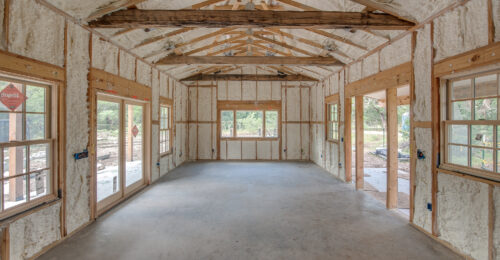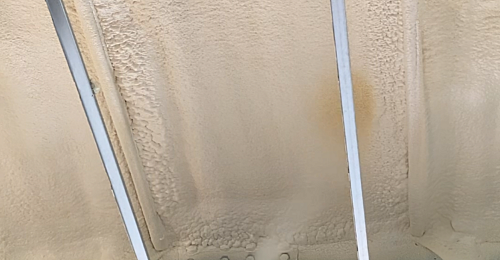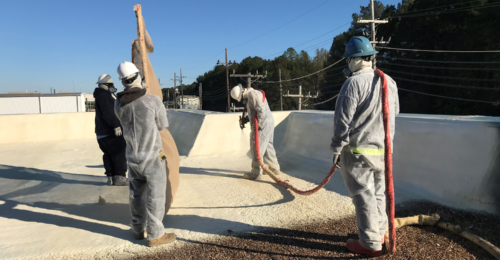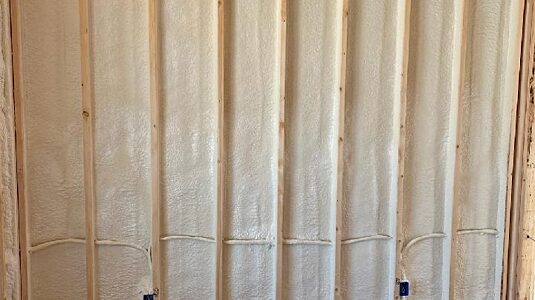There are no upcoming events or webinars.
Discover how WALLTITE® closed-cell spray foam by BASF helps strengthen homes against hurricanes, flooding, and extreme weather. As part of BASF’s Disaster Durable Solutions, WALLTITE® provides a seamless air and moisture barrier, structural reinforcement, and long-term resilience. Build smarter. Build stronger. Build with WALLTITE®.
Learn more about how unvented attics using BASF spray foam help to seal out embers and manage wildfire risks and damage to your home.

ENERTITE® is a low-density, open-cell spray polyurethane foam (SPF) insulation that provides air sealing, sound absorption and thermal insulation, allowing you to better control your indoor environment and create more energy efficient, comfortable and healthier homes and buildings. Applied as a liquid, this water-blown foam quickly expands to many times its original size, completely filling wall and roof cavities. ENERTITE® easily seals difficult-to-reach areas such as corners and around pipes and wiring to create a seamless seal against air movement.

WALLTITE® is a closed-cell spray polyurethane foam (SPF) insulation that creates a seamless, insulating air barrier to improve the energy efficiency, comfort and durability of homes and buildings. Spray applied as a liquid, WALLTITE flows in and around difficult to reach areas, creating a airtight seal.

SKYTITE® high-performance roofing systems provide seamless, leak-free protection from the elements with some of the highest wind uplift and hail resistance ratings in the industry. Spray-applied, the exterior low-slope roofing systems are self-flashing and easily conform to unusual shapes. SKYTITE can be applied to existing substrates, eliminating the need to costly tear-offs and reducing waste in landfills.

Spray polyurethane foam (SPF) can be used in applications from the ground up. Learn about the types of residential spray foam applications and their benefits.

Spray Foam Applications for Commercial Buildings
There are no upcoming events or webinars.
